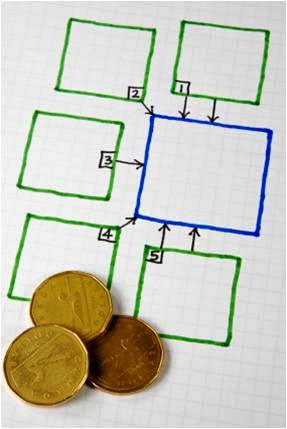I was reading a past Ten Step Project Management Newsletter about the cost of quality and thought it was a great addition to this week’s posts.
Building quality steps in the workplan adds a certain amount of effort and cost to the project. However, these incremental costs will be rewarded with increased benefits and reduced costs throughout the life cycle of the solution. Examples of the cost of quality include: 
- Deliverable reviews. There is a cost associated with the time of the people attending the reviews. This includes any preparation, the actual review time for all participants, and the resulting follow-up work from the review
- Creation of the Quality Plan. The time required to plan quality into the project and the solution, including identifying completeness and correctness criteria.
- Client approval. The time and effort required to validate that the client has reviewed interim and final deliverables and has formally approved them as being correct and complete.
- Testing. Testing is a part of the development life cycle, but it is also done to ensure the solution meets requirements and quality standards.
- Quality control standards. Relevant standards utilized throughout the project and/or the organization.
- Audits. Audits are opportunities to have an outside party review the processes used to create your deliverables. Third party auditors provide a fresh perspective and unbiased opinion on whether good work processes are defined and are followed.
- Checklists. These are usually used to validate that all steps of a process were completed or all the components of a deliverable are in place.
- Quality Control and Quality Assurance Groups – If your company has distinct groups that specialize in quality control or quality assurance, their costs are part of the overall costs of quality for the organization.
- Gathering metrics. Metrics are normally gathered to show the status of a process and to correct or improve the process if necessary.
So what other cost, can you think of?
